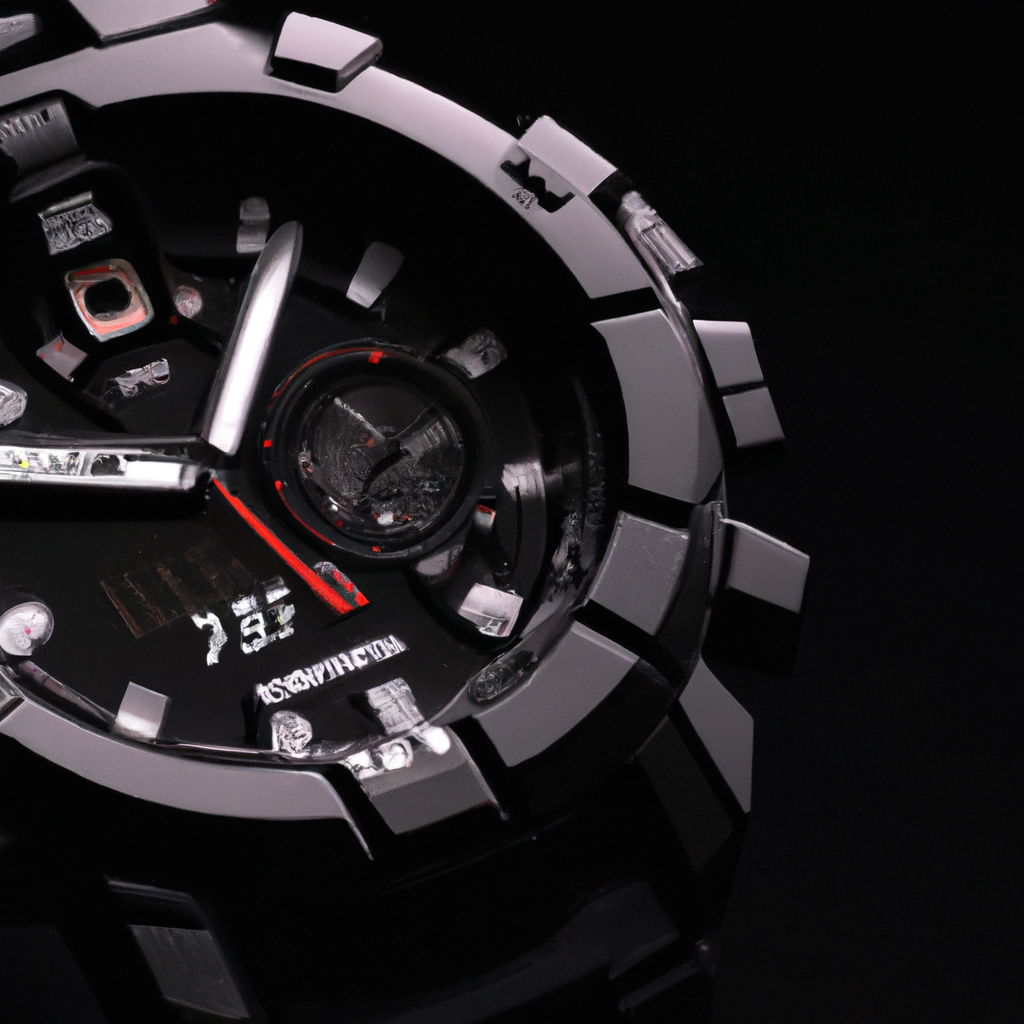Digital watches have become ubiquitous in modern times, with people relying on them to keep track of time in their everyday lives. While traditional mechanical watches use moving parts to tell time, digital watches employ electronic technology to keep time. So, how does a digital watch keep time? In this article, we will delve into the details of how digital watches work and the technology that enables them to keep accurate time.
The Basics of Digital Watches
A digital watch is a timepiece that displays time in numerical form on a digital screen, as opposed to the traditional analog watch that uses hands and markers to indicate time. Digital watches have been around since the 1970s and have evolved significantly since then, with modern digital watches boasting advanced features like GPS, heart rate monitoring, and fitness tracking.
How Digital Watches Keep Time
Digital watches rely on electronic technology to keep time, specifically a quartz crystal oscillator. The quartz crystal is a small sliver of quartz that vibrates at a precise frequency when subjected to an electric charge. This vibration is incredibly stable and regular, which makes it an ideal timekeeping component.
The quartz crystal oscillator is the heart of a digital watch’s timekeeping mechanism. The crystal is connected to a circuit that counts the number of vibrations per second and converts them into a time measurement. This measurement is then displayed on the watch face in numerical form.
Accuracy of Digital Watches
One of the advantages of digital watches over mechanical watches is their accuracy. Digital watches can keep time with incredible precision, typically losing or gaining less than a second per day. This level of accuracy is achieved by the stable and regular vibrations of the quartz crystal and the advanced electronic circuitry used in digital watches.
Electronic Watches vs. Quartz Watches
It is worth noting that not all digital watches use quartz crystal oscillators to keep time. Some digital watches use electronic technology, which relies on a different mechanism to keep time. Electronic watches use a tuning fork oscillator, which vibrates at a specific frequency and is used to keep time in a similar way to the quartz crystal oscillator.
While electronic watches can be highly accurate, they are generally less accurate than quartz watches. This is because the frequency of the tuning fork oscillator can be affected by changes in temperature and humidity, which can cause the watch to lose or gain time.
Conclusion
In conclusion, digital watches keep time using electronic technology, specifically a quartz crystal oscillator that vibrates at a precise frequency. This vibration is counted by a circuit that converts it into a time measurement, which is then displayed on the watch face in numerical form. Digital watches are highly accurate and can typically lose or gain less than a second per day. While some digital watches use electronic technology, they are generally less accurate than quartz watches due to the effects of temperature and humidity on the tuning fork oscillator.
Overall, digital watches have revolutionized the way we keep time, offering unparalleled accuracy and convenience. The technology used in digital watches has come a long way since the 1970s, and we can expect to see even more advanced features and capabilities in the future.







